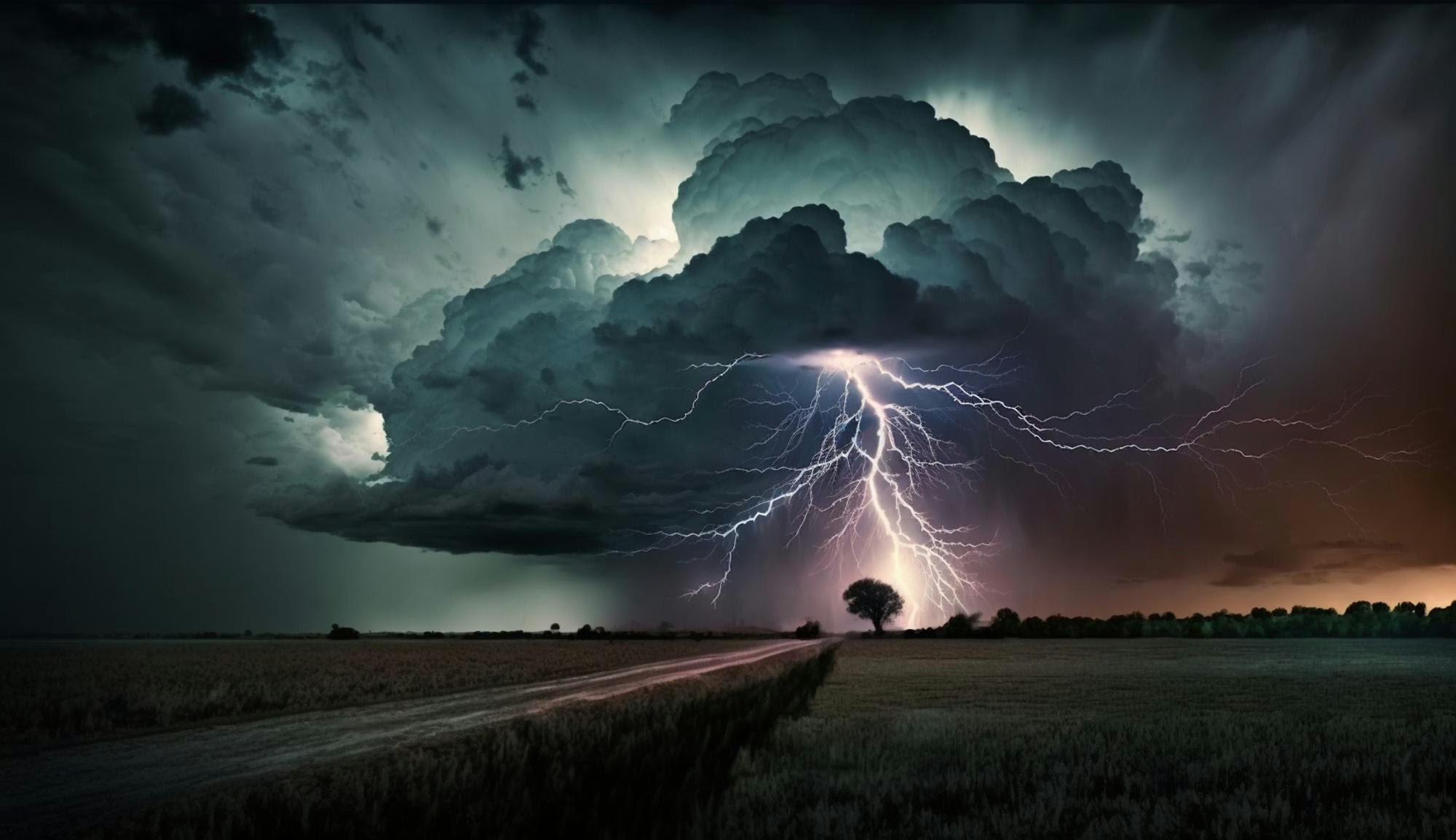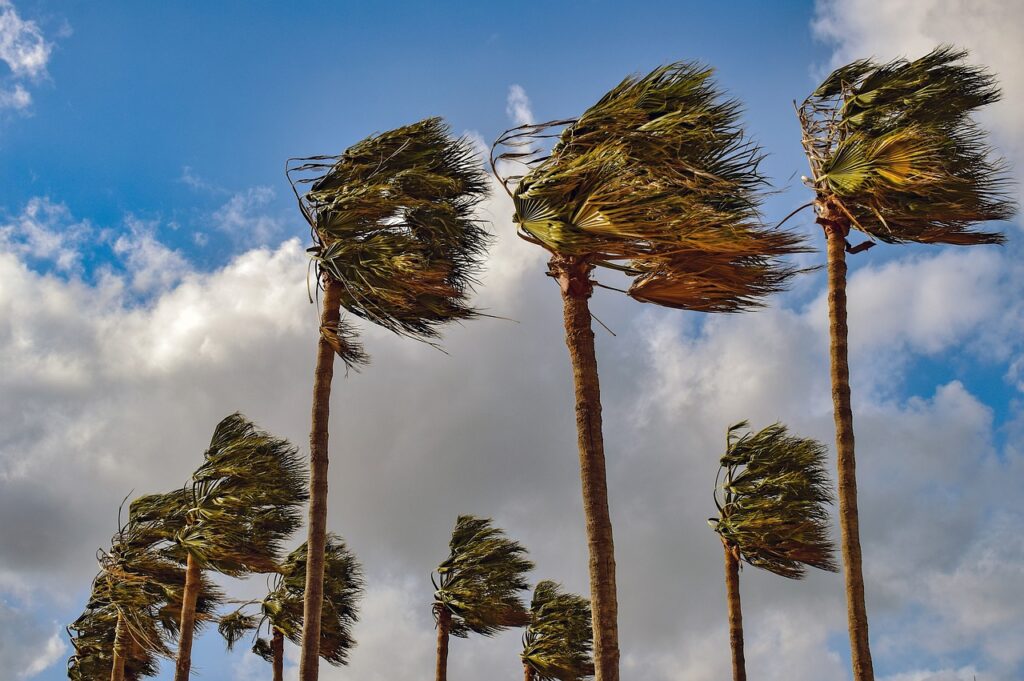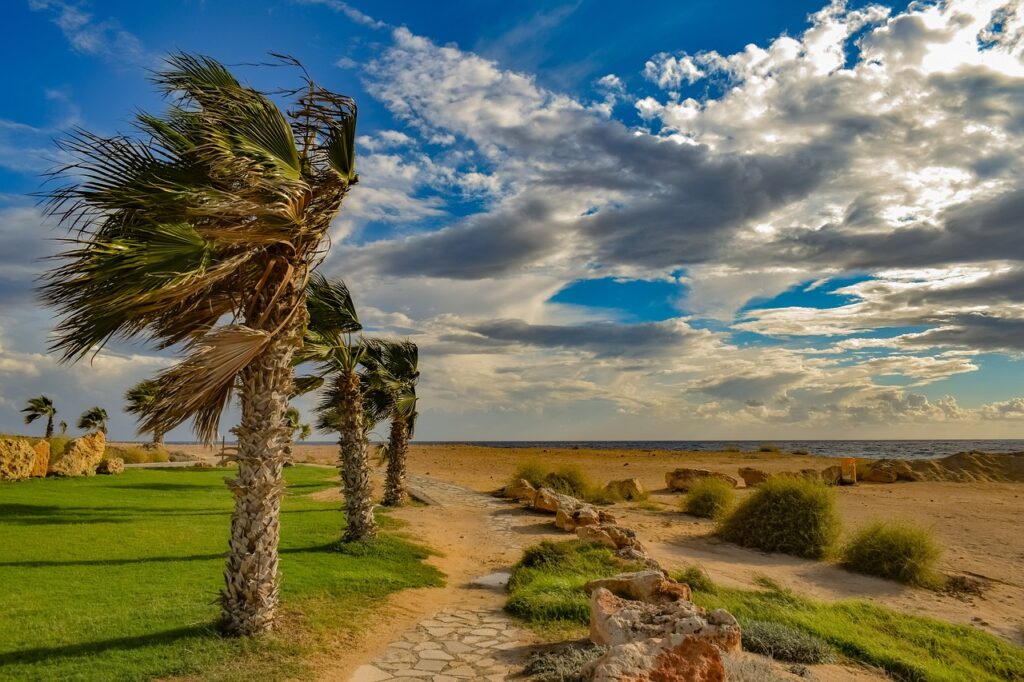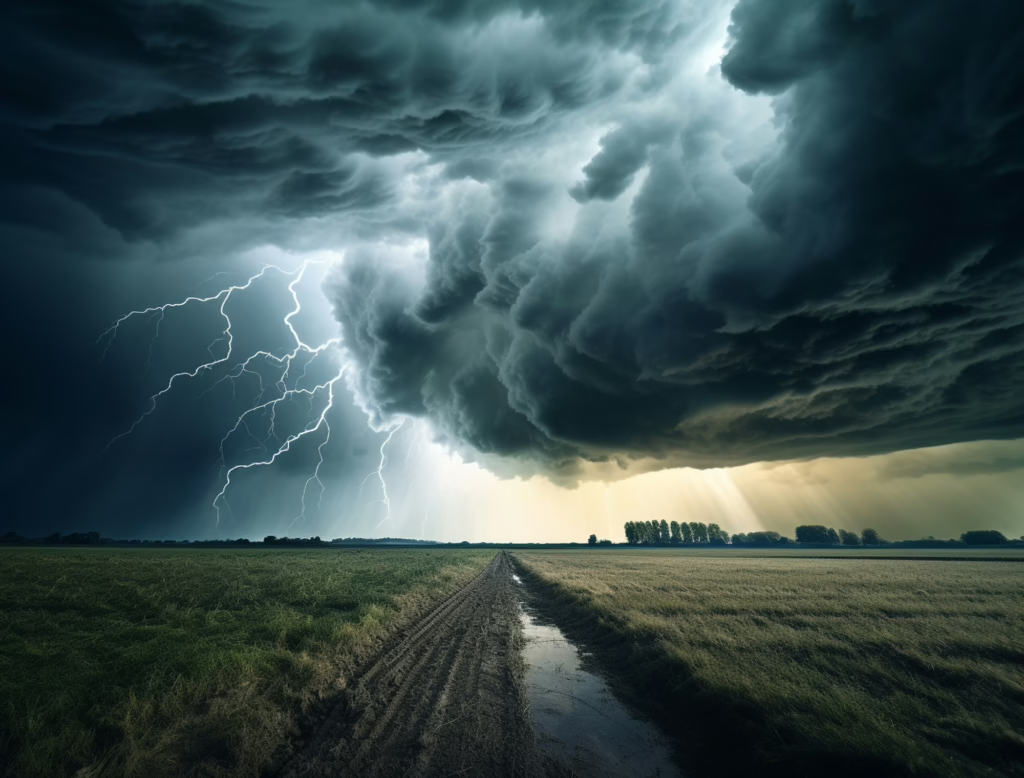“Ode to the West Wind” is one of the most celebrated and widely studied poems by Percy Bysshe Shelley, a leading figure of the English Romantic movement. Composed in 1819 and published in 1820, the poem stands as a brilliant combination of natural imagery, political reflection, and philosophical yearning. It is often seen as a lyrical expression of Shelley’s revolutionary spirit, his faith in the regenerative power of nature, and his desire for poetic immortality.
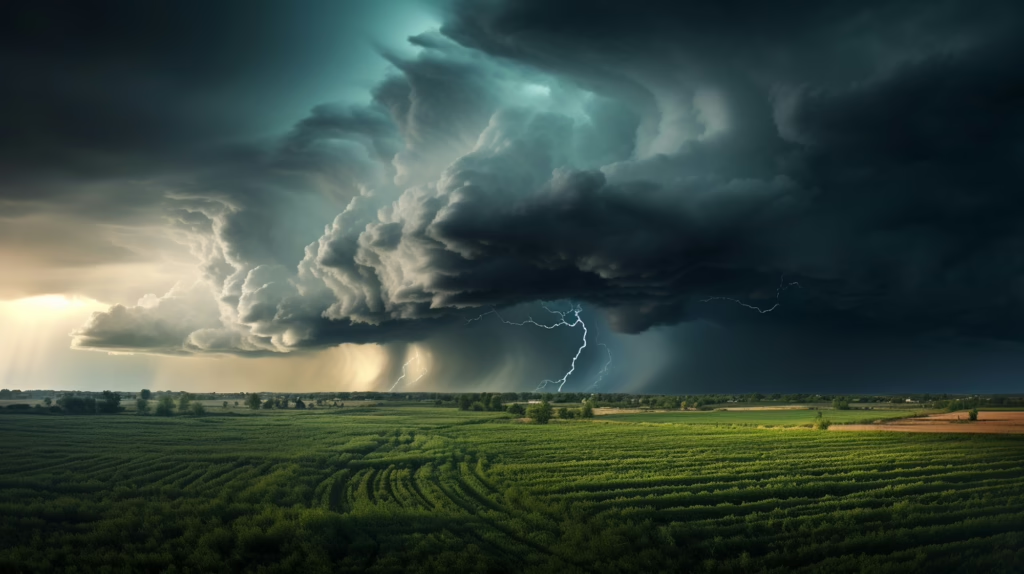
Historical and Biographical Context
The poem was written during a pivotal period in Shelley’s life. In 1819, while living in Florence, Italy, Shelley faced numerous personal and political upheavals. The poem was written in the aftermath of the Peterloo Massacre (1819) in England, where peaceful protesters demanding parliamentary reform were brutally attacked. Shelley, who was a passionate advocate of liberty and radical change, was deeply disturbed by this event. Although Ode to the West Wind is not overtly political, it subtly reflects his disillusionment with contemporary society and his hope for transformation.
Shelley was also grieving personal losses, including the deaths of his children, and dealing with feelings of despair and isolation. Nature—especially the force of the West Wind—became a metaphor for both destruction and rejuvenation, reflecting his inner turmoil and his poetic ambitions.
Form and Structure
“Ode to the West Wind” is written in terza rima—a complex verse form with an interlocking rhyme scheme (ABA BCB CDC, etc.) that was used by Dante in The Divine Comedy. The poem consists of five cantos (sections), each composed of four tercets (three-line stanzas) and a final rhyming couplet, making each section a 14-line sonnet. The choice of terza rima gives the poem a swirling, forward-driving motion, mirroring the dynamic force of the wind.
The progression of the poem is both physical and metaphysical: it begins in the natural world and ends with an appeal to the cosmic and spiritual. This structural journey reflects the Romantic idea of the individual moving from the material to the ideal, from nature to vision, from mortality to creative immortality.
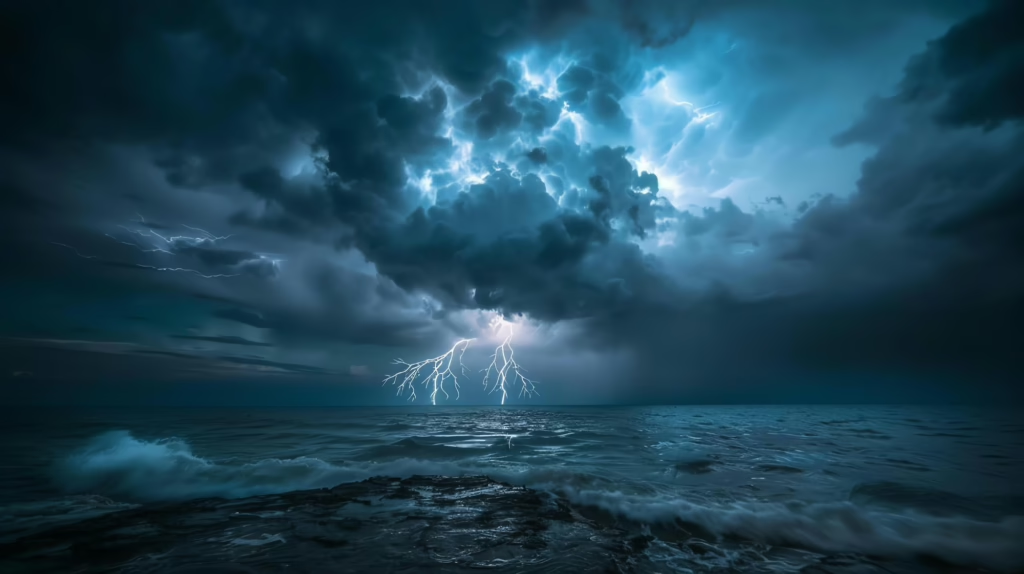
Summary of Content
Each section of the poem addresses the West Wind in different aspects:
- Canto I presents the wind as a destroyer and preserver—sweeping away the dead leaves of autumn while also spreading seeds that will sprout in spring.
- Canto II portrays the wind’s power in the sky, where it drives clouds and presides over storms, likened to the “dirge of the dying year.”
- Canto III shifts focus to the sea, where the wind stirs up mighty waves and influences both the surface and the depths, demonstrating its pervasive strength.
- Canto IV becomes more personal—Shelley speaks of his own suffering and helplessness, describing himself as “tameless, and swift, and proud” like the wind, but also fallen and broken.
- Canto V culminates in a passionate plea: the poet begs the wind to use him as a harp, a medium through which he can spread his ideas. He asks the wind to scatter his words across the world like leaves, “to quicken a new birth.”
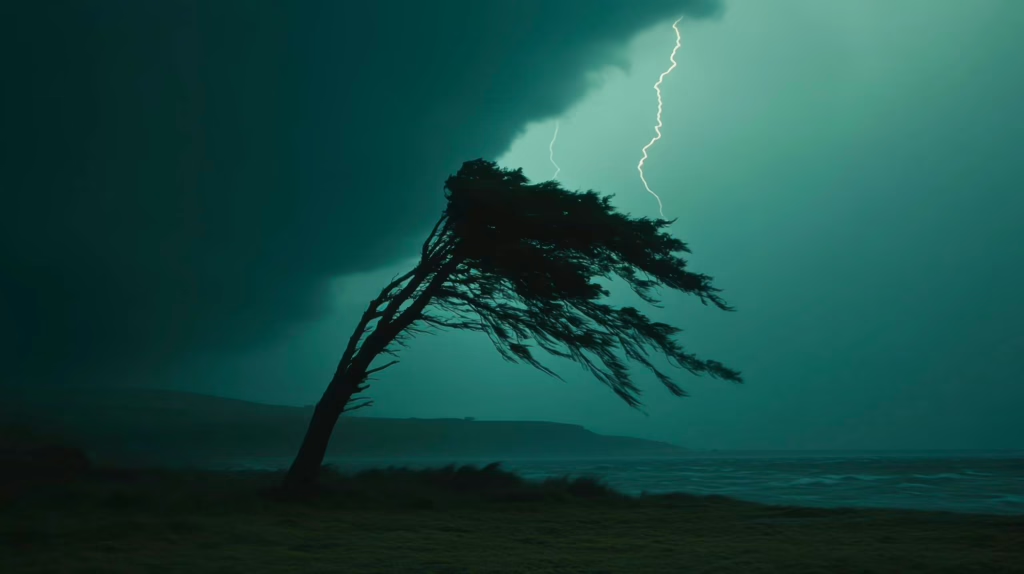
Themes
1. Nature’s Power and Duality
The West Wind is depicted as a vast, elemental force that is both creative and destructive. It kills and revives, breaks and rebuilds—an embodiment of nature’s perpetual cycle of decay and regeneration.
2. Human Frailty and Aspiration
Shelley contrasts the wind’s power with his own weakness. Yet, he aspires to harness that very power to overcome his despair and become a vessel for transformation and truth.
3. The Poet as Prophet
Shelley sees the poet as a visionary or prophet—a figure who perceives deeper truths and has the responsibility to awaken others. He longs for his poetry to be a revolutionary force, driven by the same energy as the wind.
4. Transformation and Rebirth
The West Wind, associated with the death of autumn, also contains the promise of spring. This seasonal metaphor parallels the political and spiritual hope Shelley harbors: that after destruction, renewal is possible.
5. The Desire for Immortality through Art
Shelley seeks for his ideas and voice to transcend time. He wants his words, like “ashes and sparks,” to be scattered across the world, igniting change. This longing reflects the Romantic belief in the enduring power of art and poetry.
Imagery and Symbolism
- Dead Leaves: Symbolize decay and obsolescence, possibly representing outdated institutions or failed ideologies.
- Seeds: Represent latent potential and future growth—hope amid decline.
- Clouds and Storms: Manifest the sublime and uncontrollable force of nature.
- Ocean: Stands for the unconscious, the unknown, or the universal depths of the human soul.
- Lyre/Trumpet: The poet’s voice, resonating with truth, potentially stirring revolution or awakening.
Shelley’s Romantic Vision
“Ode to the West Wind” epitomizes Romantic ideals: reverence for nature, the celebration of emotion and imagination, belief in the individual’s power to change the world, and the union of artistic expression with moral purpose. Shelley’s poetic voice is not passive—he doesn’t simply admire the wind but actively pleads to be united with it, to become its instrument of revolution.
The poem’s final lines—“If Winter comes, can Spring be far behind?”—resonate as a message of hope. They affirm the Romantic belief that periods of despair or oppression are followed by renewal and liberty.
Conclusion
“Ode to the West Wind” is both a personal cry and a universal appeal. It blends natural observation with political urgency and metaphysical longing, making it one of Shelley’s most powerful and enduring works. Through the image of the wind, Shelley articulates a deep yearning: to be heard, to inspire, and to participate in the eternal cycle of transformation. The poem remains a profound exploration of nature’s force, the role of the poet, and the enduring power of art to change the world.

